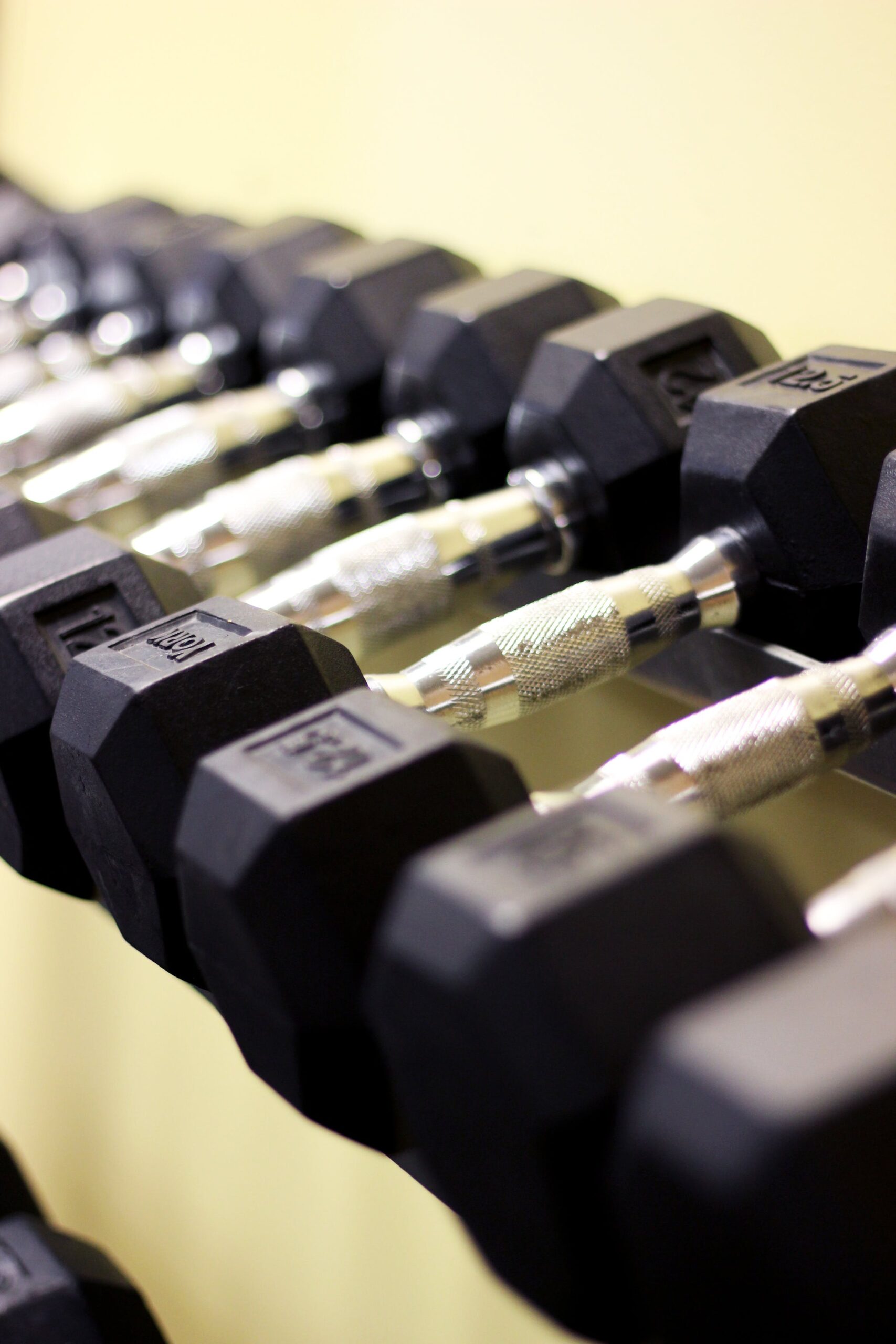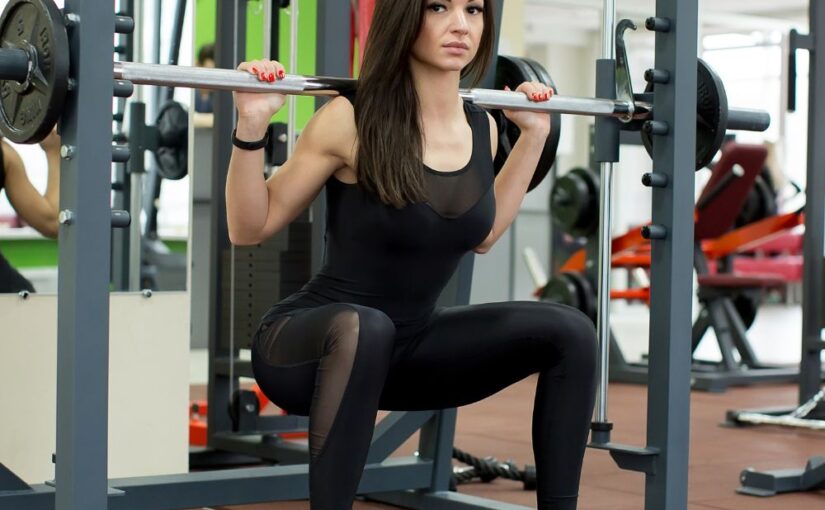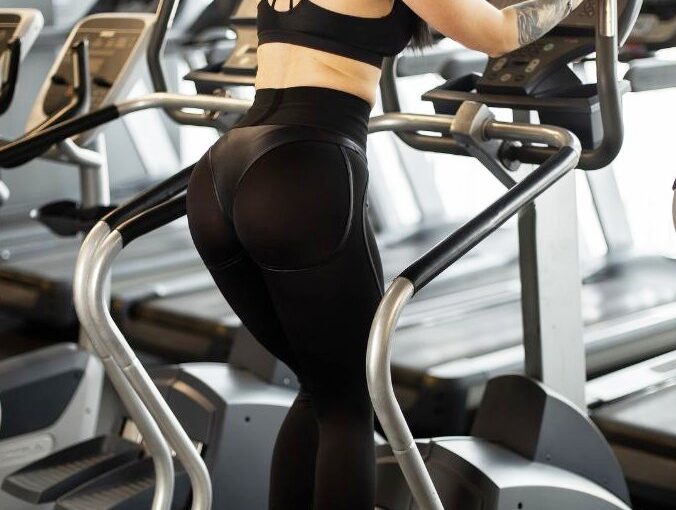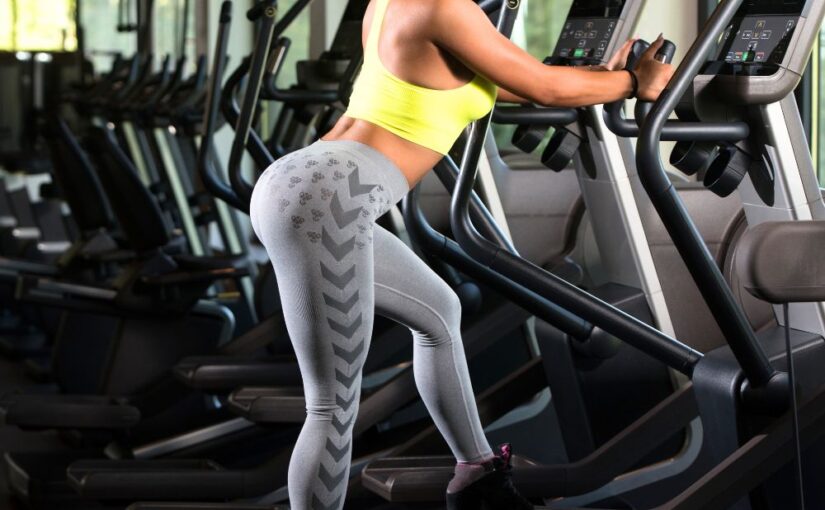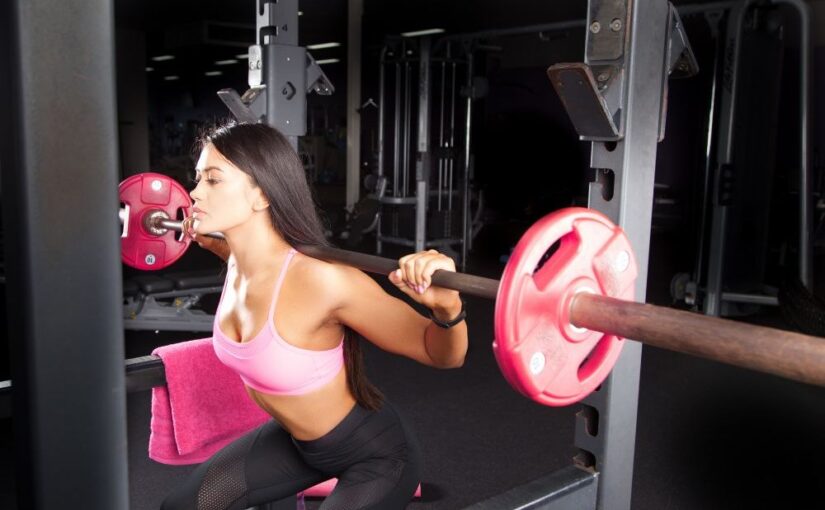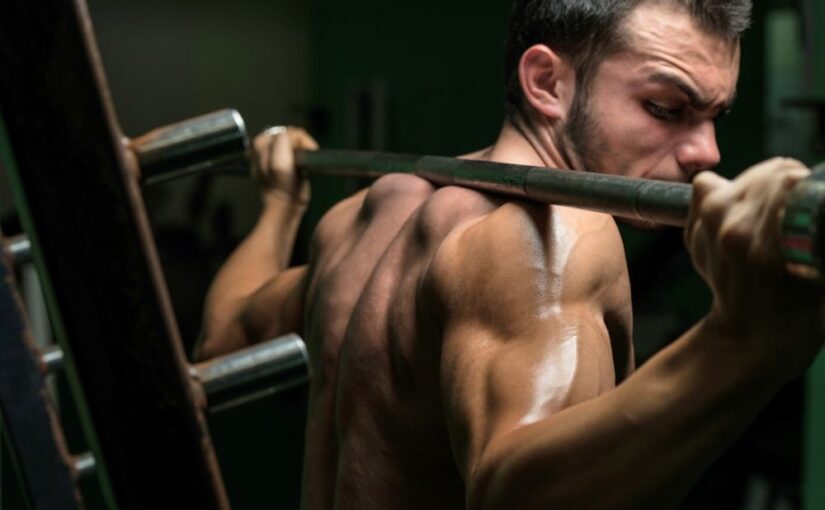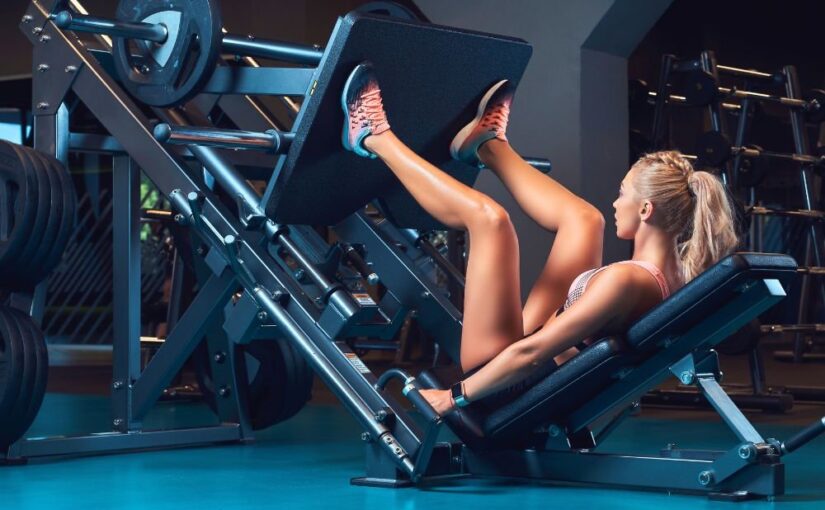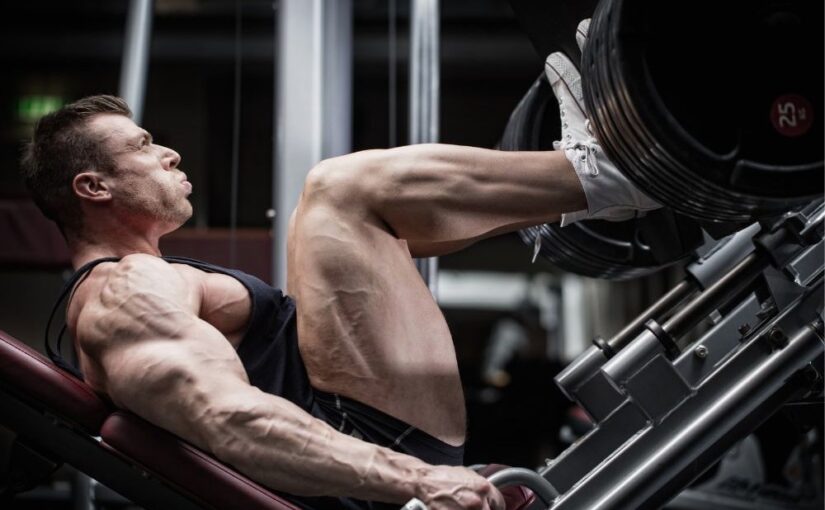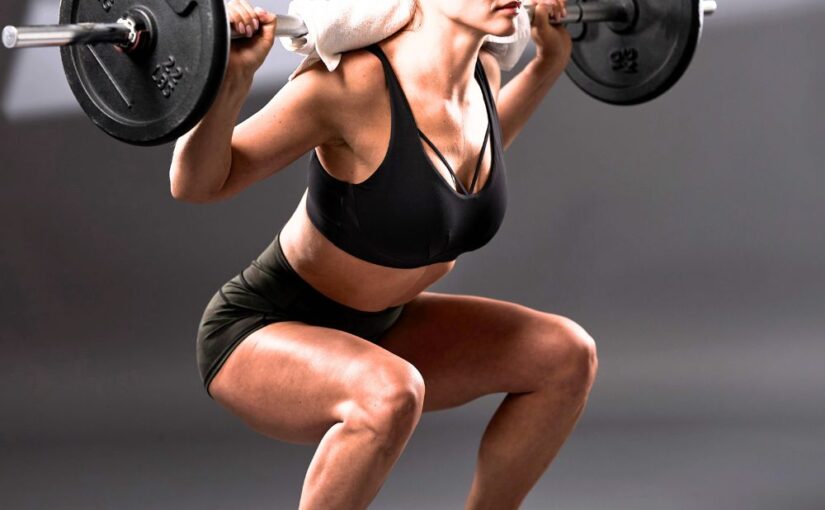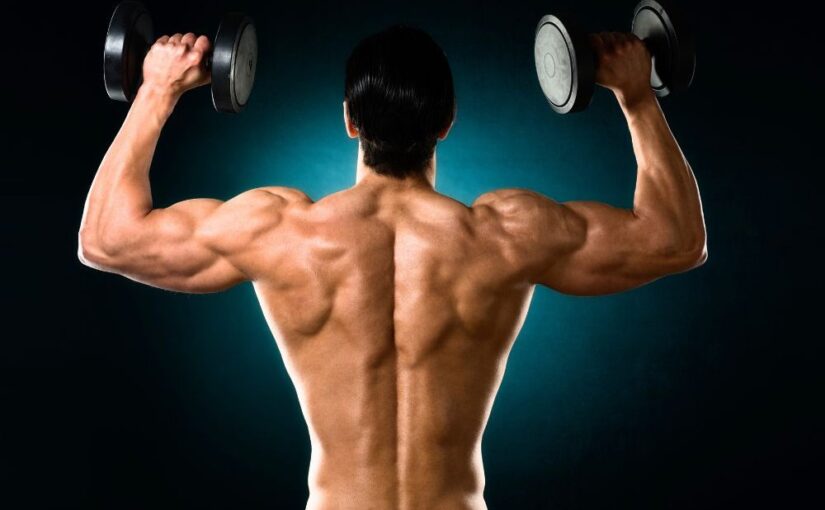The Smith machine is a popular gym equipment that features a barbell fixed within steel rails, allowing for vertical movement while providing stability. While it can be a valuable tool for many lifters, it’s essential to weigh its advantages and disadvantages before incorporating it into your workout routine.
Advantages of Using a Smith Machine
- Safety and Stability
The Smith machine enhances safety by providing a secure environment for lifting. The barbell’s fixed path reduces the risk of injury from losing balance or dropping the weight, making it an excellent option for beginners or those training alone. - Controlled Movement
Its design allows for controlled movements, which can help users isolate specific muscle groups more effectively during exercises like squats, bench presses, and shoulder presses. - Versatility
The Smith machine can be used for various exercises, offering a full-body workout without needing multiple pieces of equipment. - Easier Progression
Beginners can easily progress by starting with lighter weights and gradually increasing as they gain strength, all while feeling secure. - Reduced Need for a Spotter
The machine’s design means that a spotter is less necessary, which can be particularly advantageous for individuals working out alone.
Disadvantages of Using a Smith Machine
- Limited Range of Motion
The fixed bar path can restrict natural body movement, which may lead to discomfort and potentially increase the risk of injury over time. - Muscle Imbalances
The stabilization provided by the Smith machine may lead to underdeveloped stabilizing muscles, resulting in muscle imbalances. - Less Functional Strength
Training on a Smith machine may not translate as effectively to real-world activities or sports, where functional strength is crucial. - Psychological Dependence
Lifters may become overly reliant on the machine, neglecting to develop skills and strength with free weights. - Not Ideal for All Exercises
Some movements, such as Olympic lifts or dynamic exercises, may be compromised due to the machine’s fixed path.
Comparison with Free Weights
Free weights allow for a greater range of motion and engage stabilizing muscles more effectively, promoting functional strength and coordination. While the Smith machine provides stability and safety, it may not develop overall strength in the same way. For compound movements that require balance and coordination, free weights are generally preferred. However, the Smith machine can be beneficial for isolating specific muscles or for beginners who are still mastering their form.
Best Practices for Use
To maximize the benefits of the Smith machine, follow these best practices:
- Start with Light Weights: Begin with lighter weights to focus on form and technique.
- Warm-Up: Always warm up properly to prevent injury.
- Engage Core Muscles: Maintain core engagement during lifts to promote stability and protect your back.
- Vary Your Routine: Incorporate a mix of free weights and other exercises to ensure balanced muscle development.
- Focus on Form: Prioritize proper form over lifting heavier weights to avoid injuries.
Ideal User Profiles
The Smith machine can be particularly beneficial for:
- Beginners: Those new to weightlifting can use it to build confidence and learn proper form.
- Rehabilitating Injured Athletes: Individuals recovering from injury may find the controlled environment helpful for safe strength training.
- Those Lacking Spotters: Users who prefer to work out alone can benefit from the machine’s safety features.
Injury Prevention and Rehabilitation
The Smith machine can be a valuable tool in injury prevention and rehabilitation. Its fixed path allows for controlled movement, making it suitable for individuals recovering from injuries. Trainers often use it to help clients regain strength while minimizing the risk of re-injury. However, it should complement a broader rehabilitation program that includes flexibility and functional training.
Common Misconceptions
There are several misconceptions surrounding the Smith machine:
- “It’s Only for Beginners”: While it is excellent for beginners, many advanced lifters also use it for specific muscle isolation and rehabilitation.
- “It Doesn’t Build Real Strength”: Although it may not engage stabilizing muscles as much as free weights, it can still contribute to strength gains, especially when used correctly.
- “It’s Dangerous”: When used properly with a focus on form, the Smith machine can be very safe.
Alternative Equipment
For those looking for variety, consider incorporating other equipment such as:
- Power Racks: Offering more versatility and a greater range of motion for compound lifts.
- Cable Machines: Providing stability while allowing for a wider range of functional movements.
- Resistance Bands: Great for enhancing stability and offering variable resistance during workouts.
Summary and Recommendations
The Smith machine offers several advantages, particularly in terms of safety, stability, and ease of use for beginners. However, its limitations regarding range of motion and muscle engagement should not be overlooked. A balanced approach that incorporates free weights, bodyweight exercises, and the Smith machine is ideal for maximizing strength training benefits. By understanding its advantages and disadvantages, users can effectively integrate the Smith machine into a comprehensive workout routine tailored to their fitness goals.

